

For over 20 years there has been a taboo in German pet stores on selling dogs. Now this has been broken by Norbert Zajac, proprietor of the world’s biggest pet store in Duisburg. The move has attracted a lot of criticism – but some positive comments have been heard too
In many countries and especially in the USA, the selling of puppies in pet stores is taken for granted. Many pet shops even achieve the majority of their sales in this way. In Europe, on the other hand, pet stores in many countries have long since ceased to sell puppies, either as a consequence of campaigns by animal rights protesters or legal sanctions. This is the case in Germany, where dogs have not been sold in pet stores for over 20 years. Zoo Zajac has now broken this taboo. Its decision seemed to be the only topic of discussion in the German pet supplies sector at the beginning of the year. Emotions ran high, the media furore was considerable and animal welfare groups, especially the radical animal rights group Peta, lambasted Zajac’s plan for weeks on end by e-mail and on the Internet, calling for boycotts and even demonstrations. Katharina von der Leyen, a columnist on Germany’s biggest daily, “Bild”, lamented the “sad fate of the shop window puppies”. Behavioural biologist Kurt Kotrschal was even quoted in the media as saying that “selling pets in pet shops is like selling children in children shops”. And the German Pet Trade and Industry Association (Zentralverband Zoologischer Fachbetriebe, ZZF) referred in the discussion to its Heidelberg resolutions. At the start of the 1990s, the members of the association pledged not to present or sell dogs in pet stores, recommending instead “mediatory collaboration with animal shelters and breeders” in the resolutions adopted at the time. A reference object Despite vociferous criticism, the first puppies appeared at Zoo Zajac in mid-January. Held initially in a quarantine station, they moved into the sales facility a week later, followed by countless photographers and camera teams. Norbert Zajac invested € 800 000 in the construction of the 600 m² facility. Zoo Zajac spent months thrashing out the details of it with the local veterinary authorities, and it is intended to act as a reference object. The puppies in each litter share an area measuring 35 m². Each enclosure is separated from the customers by a glass panel and an additional railing, ensuring that the puppies remain undisturbed even when several visitors are present. Visual contact with the neighbouring enclosure is provided by an intermediate opening. Each box offers ample options for the puppies to retreat, and each litter also has access to an outside area measuring 16 m². A ventilation system with a heat exchanger ensures that the…
Related articles
Read also

 Menü
Menü

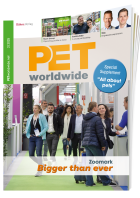




 3/2012
3/2012
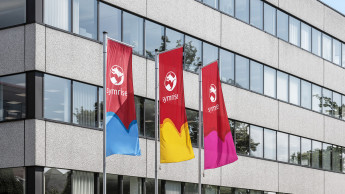

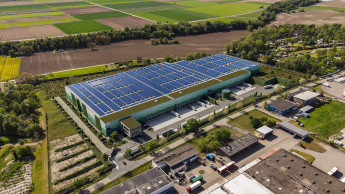

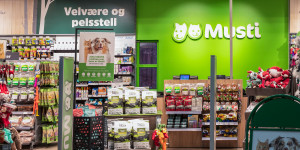




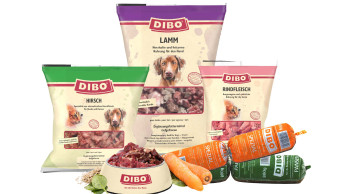
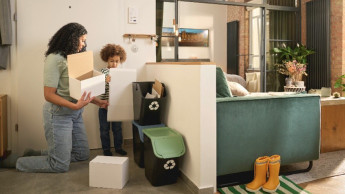
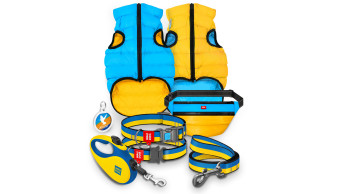
 Newsletter
Newsletter